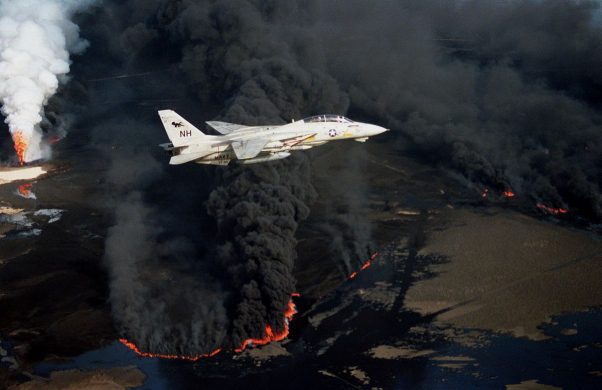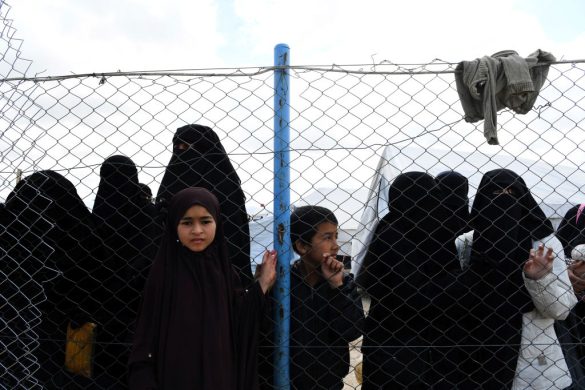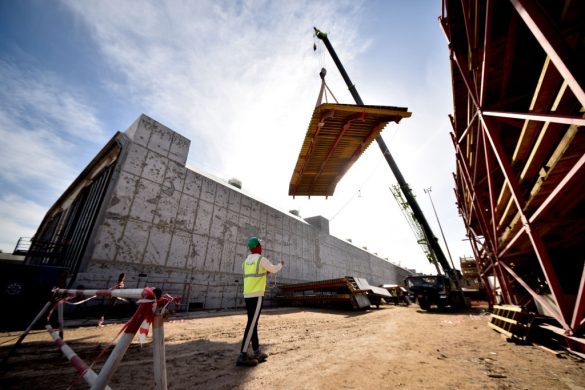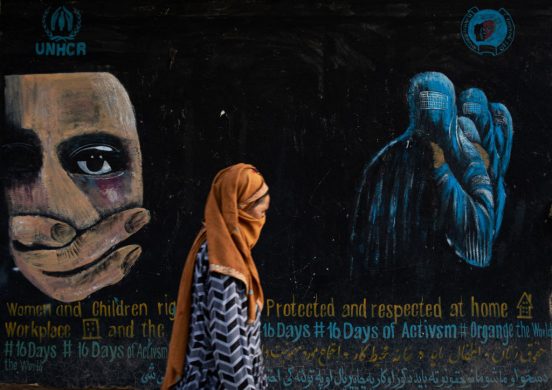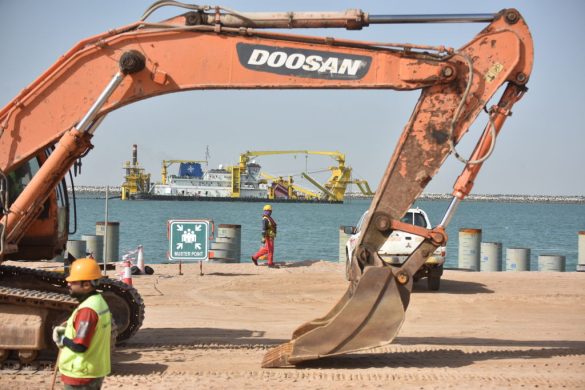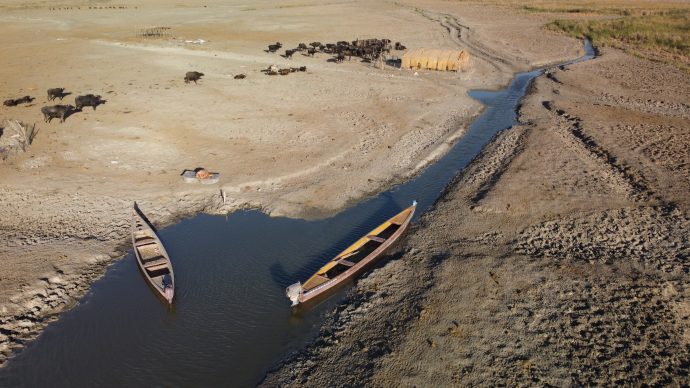6 November 2016 (UNEP): As the world marks the international day to protect the environment during armed conflict, the scorched earth tactics being used by embattled ISIL militants in Iraq demonstrate that the environment is often a "silent casualty" of war, the heads of two UN bodies said today.
In recent weeks in Iraq, oil wells have been set ablaze, turning the skies and soil black.
Burning stockpiles of sulphur dioxide at an industrial facility created a large toxic cloud. The crisis highlights a phenomenon that has been playing out for decades.
Environmental destruction can impact the delivery of humanitarian assistance, the prospects of post-war recovery and lasting peace, and can serve as a driver of migration.
Complex role
This is only one part of the picture, as the environment plays a complex role in many different aspects of conflict.
At least 40 percent of internal conflicts have been linked to the exploitation of natural resources such as timber, diamonds, oil, fertile land and water.
Conflicts involving natural resources have also been found to be more likely to relapse into conflict in the first five years after a peace deal has been signed.
"Among the unprecedented 65 million refugees in the world, many will have a story that includes ecocide. Wars are starting because of natural resources. They are being perpetuated because of natural resources. And we are seeing the environment being used as a weapon," said UN Environment head Erik Solheim.
"Environmental protection needs to take a more prominent role in our response to conflict."
International Day
The International Day for Preventing the Exploitation of the Environment in War and Armed Conflict aims to highlight these links and prompt action.
"Families fleeing from Mosul have been impacted by years of living under ISIL and by the ongoing military operation, leaving them in urgent need of humanitarian aid and protection. Choking clouds and toxic fumes from burning oil wells and industrial facilities now add to their plight," said Stephen O'Brien, UN Under-Secretary-General for Humanitarian Affairs and Emergency Relief Coordinator.
"Protecting the environment during conflicts is critical to protecting human health and also the ability of communities and nations to recover after crises."
A resoultion adopted in May
The international community is working to produce stronger legal frameworks to protect our planet.
In May, all 193 member states of the United Nations Environment Assembly adopted a resolution to protect the environment in areas affected by armed conflicts. In addition, the United Nations International Law Commission – the General Assembly's experts and trailblazers in international law – is developing guidance on how international and national laws can protect the environment before, during and after armed conflicts.
"Protecting the environment from armed conflict protects farmlands from the impacts of bombings, landmines and toxic pollution," said Solheim. "It safeguards a fair and inclusive system for governing and using natural resources. It ensures healthy lives for ourselves, for our children, and for generations to come.
"Effectively protecting the environment against the horrors of armed conflict and supporting equitable governance of natural resources is an important step on the path to development, prosperity, and sustainable peace."

